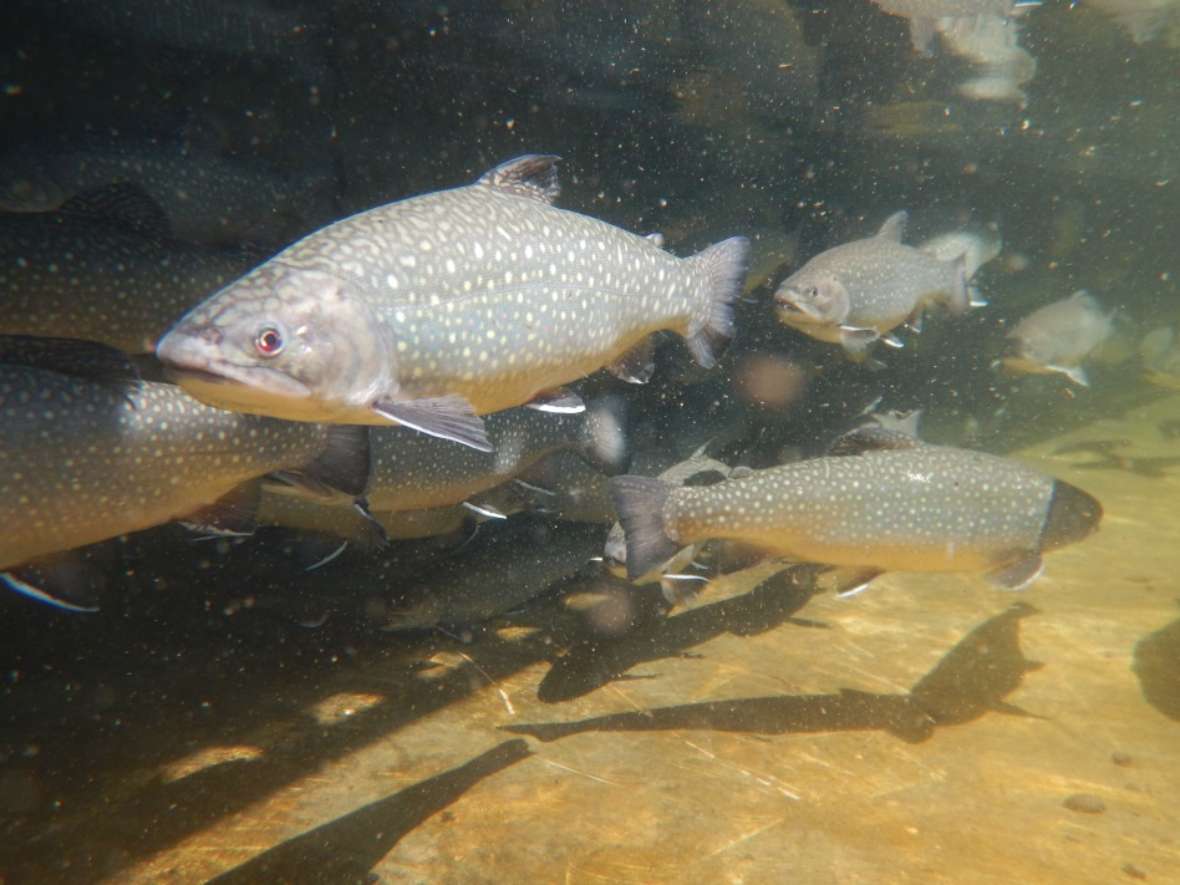-
© BAW-IGF zoom gallery -

© BAW-IGF/Stefan Strobl zoom gallery
Triploid aquaculture fish escaped from breeding facilities cannot reproduce with their wild counterparts.
Triploidization of various salmonid species, such as lake trout, could be of interest for aquaculture to produce large-sized fish. These could become important as fillet fish, as a native regional salmon substitute, so to speak. In order to use triploidization as a routine method in aquaculture, two factors must be fulfilled.
- The method must be effective and reliable.
- From the point of view of sustainability, animal health and product quality, it must be ensured that triploidization does not cause any damage to the fish.
The studies on lake trout, brook trout and Arctic char have been completed and the final report is now available under downloads (in German only).
Available publications: Lahnsteiner, F. & Kletzl, M. (2018). Pressure shock triploidization of Salmo trutta f. lacustris and Salvelinus umbla eggs and its impact on fish development. Theriogenology 115 , 65-76.
